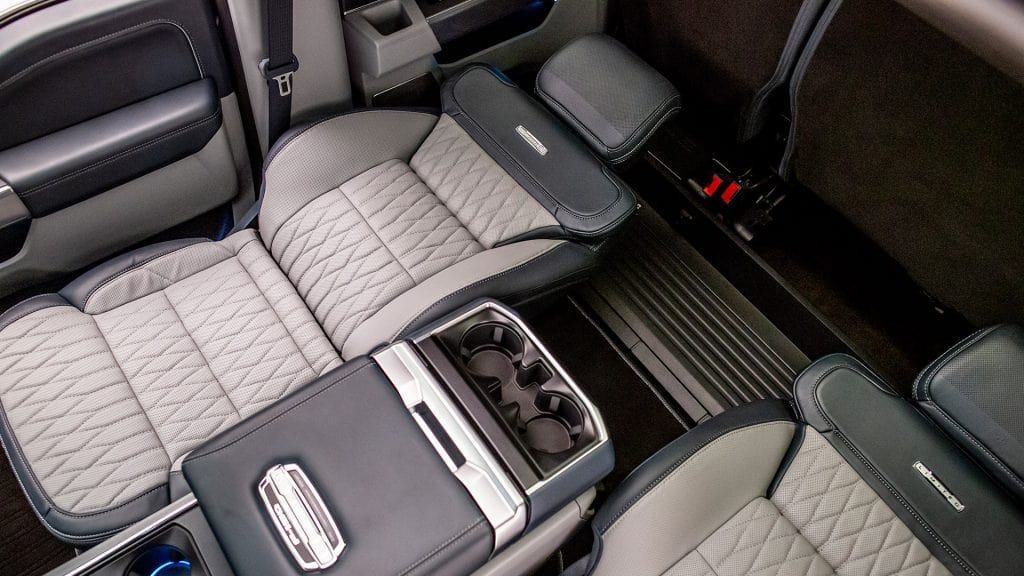Is it Bad to Buy a Used Car With Unusual Low Mileage?
Even though the automobile seems to be in decent condition, there may be undiscovered issues. Here are some risks of buying old car with low mileage you should pay attention to.
What Is A Low Mileage Car?
Since 12,000 miles are typically traveled per year, an automobile with fewer than 50,000 miles is seen as having low mileage. This is a broad guideline, after all, and it may change depending on how quickly a specific car depreciates.
A pre-owned automobile with extremely low mileage can show far more wear than a brand-new car. A mechanical examination is highly recommended because the engine and other parts will have been idle for prolonged periods.
However, how low is too low? Lower miles are frequently preferable to higher miles. However, if a car’s mileage is too low, this might result in a distinct set of possible problems.
Regular driving is necessary to keep vehicles in excellent condition. If a car sits for too long, its numerous moving parts and small but essential pieces can degrade and become brittle, necessitating costly future repairs.
Find out why a car has a much lower annual mileage than the norm. Excessively low mileage is not a problem if a car is properly maintained and garaged over the winter, for instance.
However, if a car was driven initially before being abandoned in a garage for years, its low mileage may be a sign of impending issues.
Risks of Buying Old Car With Low Mileage
Older cars’ mileage might be misleading. If a car had been driven less miles, it may have been driven more vigorously when it had been driven far. Because of this, even a car with low mileage may have more problems than one that is newer.
Less-used vehicles often have less wear and tear, but they may also have more significant issues. This is because those who use their automobiles less frequently are less likely to take them in for routine maintenance.
Any used automobile purchase should include a mechanical examination, but older vehicles require additional attention. When trying to purchase a car with a few kilometers, you should consider the following risks.

Vehicle background
When considering the purchase of any used automobile, a vehicle history report is a crucial tool. However, it becomes much more vital when purchasing an older vehicle with low mileage.
Routine maintenance, significant repairs, and any accidents are all included in the vehicle history record. This knowledge may be useful when negotiating the car’s price.
The number of kilometers the automobile has been driven annually might also help you determine its actual condition. Repeated fixes for the same problem should raise suspicions about more serious issues.
Odometer adjustments
Another thing you need to pay attention to among risks of buying old car with low mileage is adjusted odometers. Older automobiles’ odometer readings may be readily manipulated, so it’s crucial to have a mechanic inspect the car to ensure the reading is true.
The typical automobile travels 12,000 miles annually, so if an older vehicle displays a reading that is below normal, be wary. It’s probably true if the mileage appears too wonderful to be true.
Running an AutoCheck or history report is a helpful approach to making comparisons. These reports will list the car’s average annual mileage as well as any collisions or significant repairs.
Severe problems
Unmaintained vehicles with high or even low mileage are all prone to experience serious mechanical issues. When the car is not taken in for scheduled oil changes, which might harm the engine, engine issues occur.
In old vehicles, fuel pump and transmission issues are frequent because the fluid deteriorates and harms the transmission. As wiring ages, it can become brittle and damaged, which can lead to electrical and wiring issues.
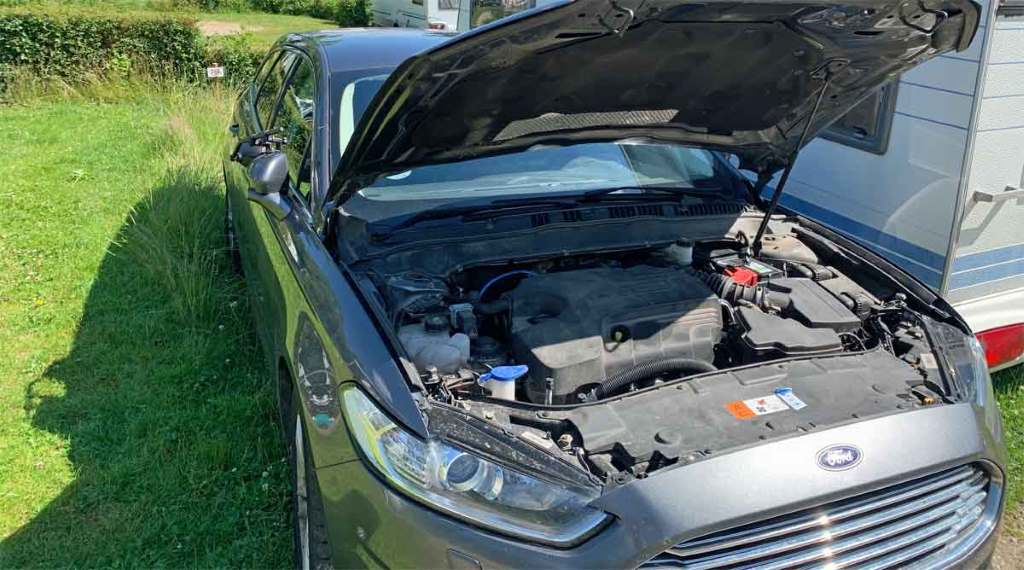
The paint and body of the car may also deteriorate if it is improperly kept and left outside for a lengthy period. Used automobiles frequently suffer from rust, which can result in serious damage if not addressed right once.
Leaking is another frequent problem with older automobiles. Although leaks can originate from many different areas of the car, head gasket leaks and transmission fluid leaks are the most frequent. If one of them isn’t fixed right away, it might seriously harm the engine.
No warranty
Used automobiles could not have any warranty coverage left, depending on their brand. Any required repairs must be completed at the owner’s expense if the vehicle is over its warranty period.
Examining certified pre-owned (CPO) automobiles is one approach to reducing some of the hazards associated with purchasing an older vehicle. These are pre-owned vehicles with extended warranties and factory inspections.
Old Car With Low Miles: Should You Avoid Purchasing?
One advantage of purchasing a used vehicle is that the depreciation hit was already borne by the previous owner. As soon as an automobile leaves the lot, it immediately loses a sizable amount of its value and continues to lose value over time.
Before buying a car, do your research and be sure to get the vehicle examined by a licensed technician to avoid risks of buying old car with low mileage. The automobile can have hidden issues that would be costly to remedy if it had been sitting for a while.
In contrast to automobiles with higher mileage, low-mileage cars typically have more life remaining in them. A low-mileage secondhand automobile may deliver years of trouble-free driving with the right upkeep.
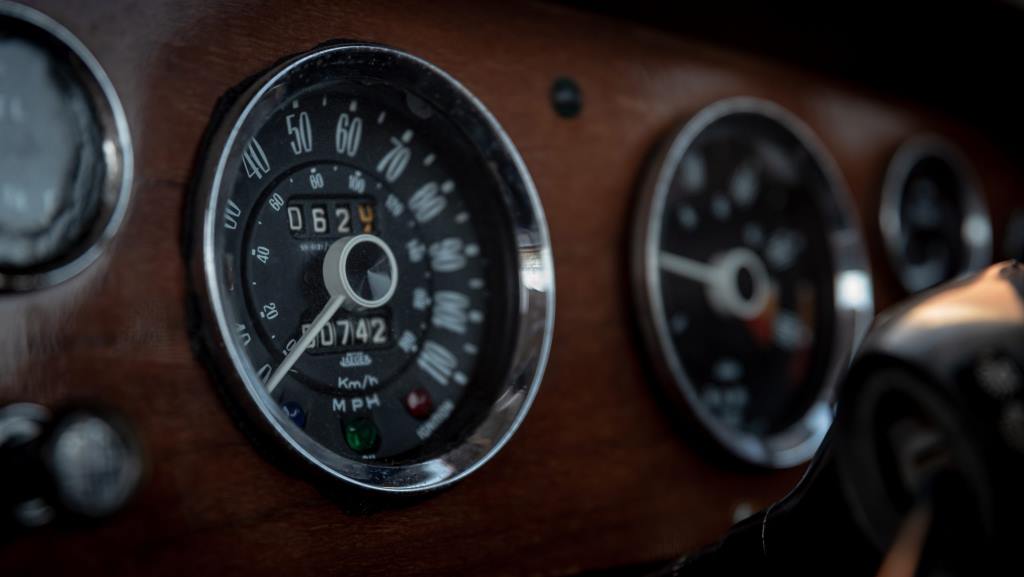
A new automobile will come with warranty protection and the assurance that all the important parts are brand-new and unlikely to break down. Pick a newer vehicle with a few kilometers indicated on the odometer if you’re thinking about a low-mileage secondhand automobile.
Avoid older, high-mileage automobiles since they are more prone to have serious mechanical issues. If you must purchase an older vehicle, make sure to acquire a vehicle history report and have it examined by a licensed technician.
Benefits of Buying Used Low Mileage Cars
Aside from some unexpected risks of buying old car with low mileage, because they are used less frequently and can normally be purchased for more money on the used automobile market, low-mileage cars are generally considered to be more desirable than their high-mileage counterparts.
Less wear and tear over time
Even while this is only true in theory, a car with fewer miles on it should have parts that last longer, which lowers ownership expenses. In general, here is the replacement frequency of important components.
- Every 20,000 miles for the brake pads
- Change tires every 20,000 miles
- Every 40,000 miles on the brake discs
- Between 40,000 and 100,000 kilometers for cambelt change
- From 70,000 miles for the timing belt and water pump
- Every 100,000 miles, the clutch and flywheel.
You may only need to replace a few of these parts throughout your ownership lifetime if you buy a car with low mileage and drive fewer miles per year than the industry average.
The resale value is higher
There are benefits and drawbacks to this. Starting with the fact that low-mileage cars cost more to purchase than those with more mileage, picking one will cost you extra.
If you drive fewer than 10,000 miles each year, the automobile will continue to fall within the low mileage category. The ability to charge more when you go to sell it will thus be advantageous.
Things To Do Right After Buying Old Cars
Car owners remember 5 things to check and replace immediately after buying a used car below if you want your car to work better and be ahead of all risks of buying old car with low mileage!
Change coolant and oil
One of the first tasks that car owners need to do is check and change the coolant and car oil. Because the old owners of the car may for some reason not regularly change them.
For example, they are trying to save maximum costs before selling the car, or they do not care about this issue.
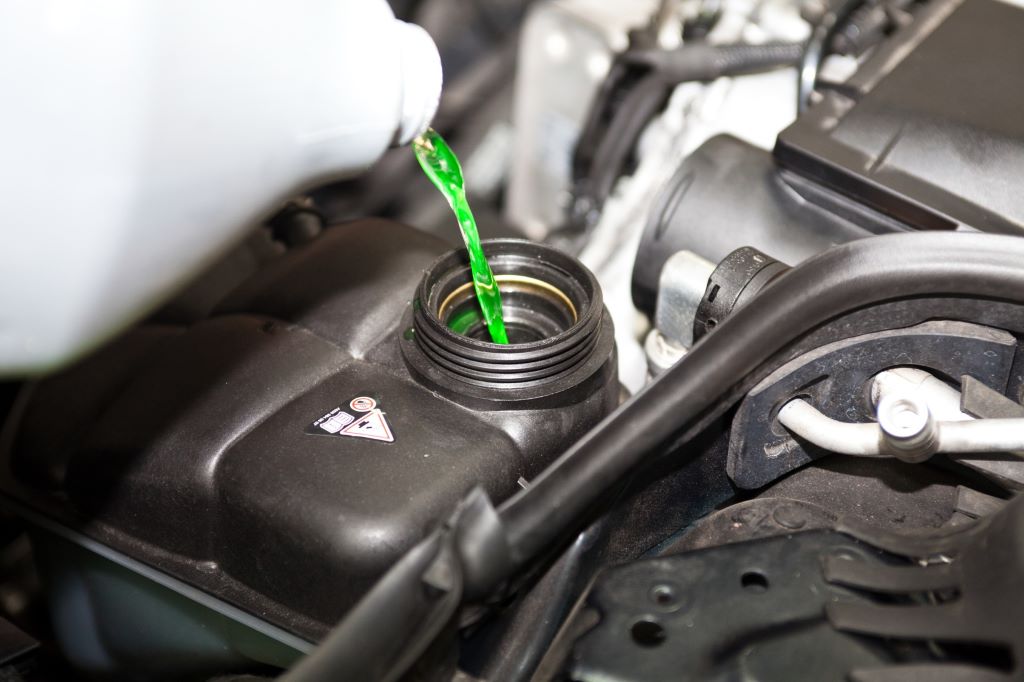
For the engines on the car to operate smoothly and have a better life, car owners should pay attention to checking and performing these manipulations. Changing the coolant and oil is not too complicated, but the protection effect for the car is not small.
Besides, before performing an oil change, car owners need to carefully check and select the type of lubricant to use. Please refer to the quality products of reputable brands in the market
Check and replace the battery
In theory, the battery will be used until the power runs out. A new battery is capable of reaching a maximum life of 4 years. However, with old cars, likely, buyers will not know exactly how long the battery will last.
At that time, the new car owner may have to face risks such as the battery being weak or running out of power halfway, affecting the operation of other parts. This is quite annoying, especially when these risks occur during vehicle use.
Therefore, check and replace the battery as soon as you buy a used car to ensure that the above risks are avoided.
Replace the air conditioner filter
Air filters and engines are the places that need to be cleaned regularly from dirt. Otherwise, the efficiency of the air conditioner and engine will be reduced. At the same time, it is not good for the health of drivers.
Therefore, right after buying a used car, buyers should change the air conditioner filter. You can take your car to reputable facilities to ask experienced experts to support implementation.
Check the brake system
The importance of checking old car brakes before use is extremely necessary. This directly affects the safety of vehicle occupants.
Therefore, the detailed parts of the old car’s brake system need to be checked carefully. If there are signs of wear on the brake pads or any other abnormality, they should be replaced and re-aligned.
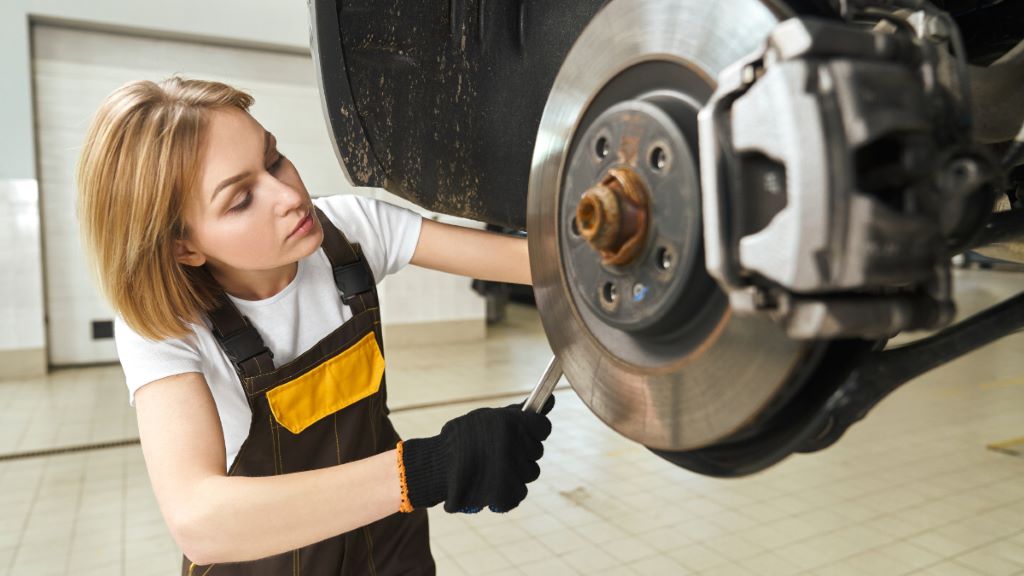
Check tire and wheel alignment
The tire is a position that is subjected to external forces regularly. Therefore, it is necessary to check the condition of the tire with specialized equipment. Especially when the car is used.
At the same time, the wheel alignment after time or after the collision can be misaligned and cause risks such as uneven tire wear, failure to receive the correct steering, etc. Therefore, checking and adjusting the wheel alignment will help buyers feel more secure.
FAQs on Buying An Old Car With Low Miles
1. Is a newer, higher-mileage vehicle preferable to an older, lower-mileage vehicle?
In the end, a modern automobile with a high mileage might potentially have the same problems as an older car with a lesser mileage. If anything, we advise getting the newest vehicle you can afford with the lowest miles. As long as the pre-purchase inspection and history report are accurate.
2. Is age or mileage more significant?
In the end, everything comes down to your requirements and tastes. Focusing on the car’s mileage is crucial if you’re wanting to make a long-term investment because a low-mileage automobile will be simpler to sell. However, age may not be as significant if all you’re looking for is a dependable and reasonably priced vehicle.
3. What age is ideal for purchasing a used car?
Is there a recommended age for buying a used car? If properly maintained, cars may often last up to five years before breaking down. However, an automobile that is ten years old but has received good care may be a better investment than a more recent model. Budget is another crucial consideration.
4. What is the ideal mileage for an elderly car?
Because older vehicles sometimes start needing more costly and regular maintenance as mileage exceeds 100,000. 100,000 miles is frequently regarded as the cutoff point for secondhand cars.
5. Does mileage suffer with old engine oil?
Old oil will decrease an engine’s performance, horsepower, mileage, and lifespan over time. Ensure that you replace your oil in line with the instructions in your owner’s handbook.
Now you have leanred more about some risks of buying old car with low mileage. For more helpful car maintenance tips, follow Car From Japan today!











